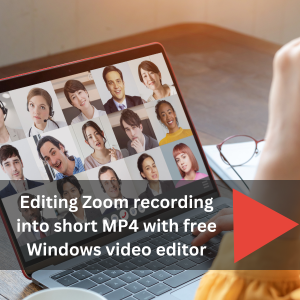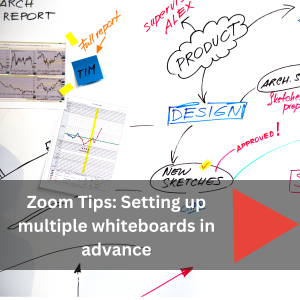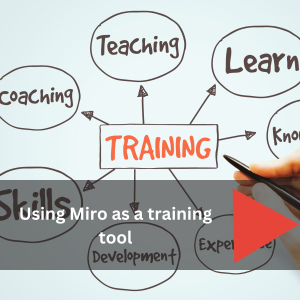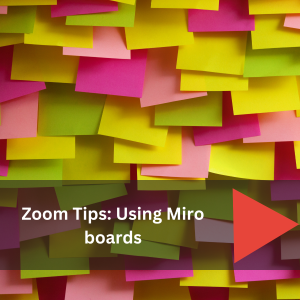
Last week we covered how technology can help us design rich learning experiences – caveated with the note they need to be chosen and used well!
This leads us on nicely on to the need for digital literacy to effectively facilitate our virtual courses.
“COULD DO BETTER…”
Whatever our pre-pandemic starting point, as trainers we all had to adapt and embrace digital tools to continue to meet the needs of our clients and learners.
Yet recent research into learner perceptions found that 29% feel facilitators don’t understand the technology, only 33% are aware of best practice principles, and 37% feel trainers haven’t updated their courses for online delivery.
This highlights we still have work to do in our design and delivery, and without undertaking this we ‘could leave people with lukewarm experiences and negatively impact the reputation of this modality, and of learning and development, for decades to come.’ (Cook. J and Daly. J (2022) Through the lens of research: Amplifying human focus in virtual and hybrid learning)
Given we’re in the business of enabling skills and competency development in others, we need to ensure we’re investing time in doing the same for ourselves. To achieve our goal of virtual learning mastery, it seems our stakeholders are telling us we have gaps in our digital facilitation skills.
THE NEED FOR TRANSLITERACY
Our ability to fluidly apply our existing communication and facilitation skills across a spread of mediums is known as transliteracy.
Last week we shared an example Digital Learning Journey (you can download this below) which brought to life how curation, creation, presentation and sharing of content, and enabling brainstorming, reflection, discussion and evaluation, requires us to use a multitude of technologies. It includes digital community and collaboration platforms, survey and evaluation apps, video recording, editing and podcasting software, social media, and virtual conferencing – plus many more.
This need for transliteracy is reinforced by the Mind Tools for business annual report, which outlines an extensive arrange of tech categories being used by L&D teams.
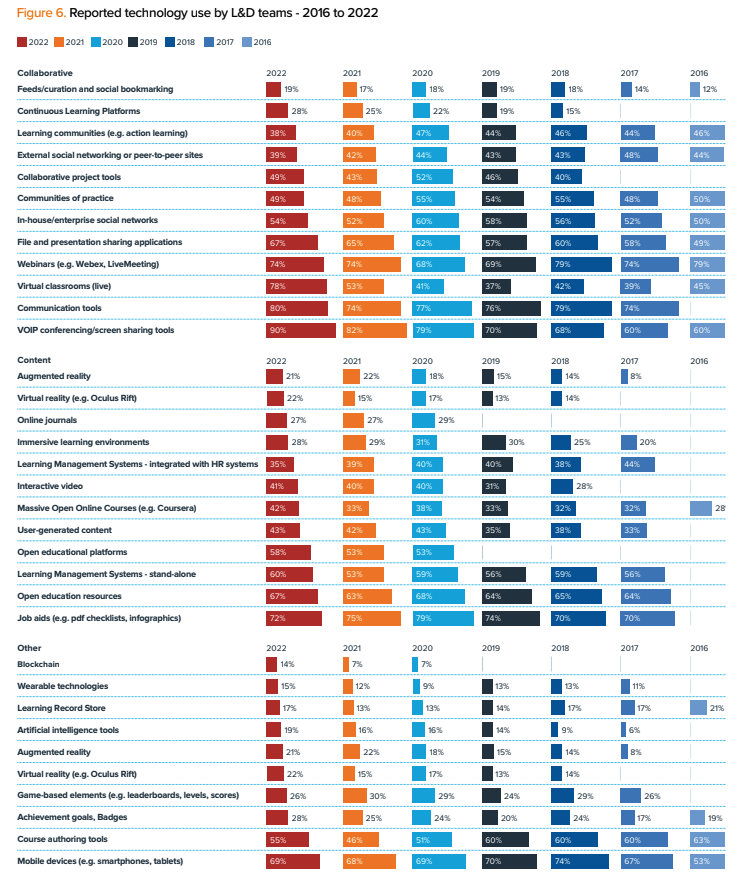
Source: Mind Tools for Business Annual L&D Benchmark Report 2022, p11
But being truly transliterate isn’t just being able to use the tech – we have to be as confident and competent with it as with our subject matter and facilitation techniques in order to win the trust of our learners. We need to be comfortable in our delivery so we’re relaxed, engaging, and authentic.
Steve Wheeler, Pioneer of Learning Technologies in the UK, broke down the skills we need to display when presenting ourselves in the digital world in the grid below (as early as 2016!)
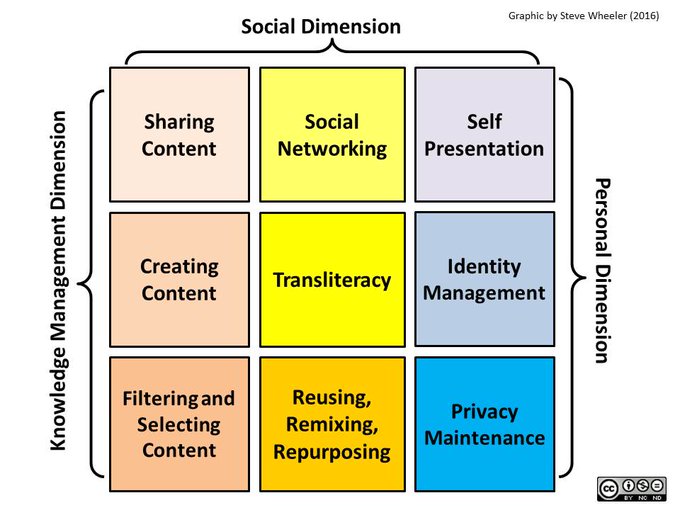
Over the years the technologies that can be used to support each of these dimensions have multiplied, and the need for us to consider how we approach each one from a design and facilitation perspective has also increased.
For example, in the personal dimension, the digital world allows our clients and learners to ‘see’ us before they ever meet us – through our online bio’s, our social media profiles, our existing public facing videos and podcasts…So we have to think carefully about how we want to present ourselves, and create congruent multiplatform content to maintain trust and credibility. We also have to choose what we don’t want to share!
In the social dimension, we need to consider what social platforms and networks we engage with, and how we interact within them – as these all contribute to building a picture of us in our clients and learners minds.
And in the knowledge management dimension, the possibilities for creating, curating and sharing content are more vast than they’ve ever been. We’ve already covered how there is more than ample opportunity to step away from the reliance on PowerPoint predominantly face to face training once afforded us. If we’re as capable creating bite-size videos, recording key insights on a podcast, designing or briefing informative infographics, running live interactive polls, and facilitating virtual brainstorms as we are delivering information on a slide – we’re moving towards the levels of transliteracy we need to level up our virtual learning design and delivery.
PRACTICE MAKES PERFECT (well…competent!)
There’s no easy way around this. To get transliterate, we have to learn how to use our chosen tech, practice in a safe space before we deliver in front of learners, and keep honing our skills through regular usage.
Given the amount of tech out there, I appreciate this prospect may feel overwhelming. But what do you say to your learners when they’re overwhelmed with the task at hand?
Perhaps it would go something like this – “break it down into bite-size chunks, get informed, apply your learnings, reflect, improve…!”
- If you’re not sure where to start – in last weeks blog we shared a Miro board with some of the learning techs we’ve used and found useful in creating interactive virtual learning experiences. Have a look at this – and perhaps pick one you’re not familiar with to start learning about
- There are a host of courses and tutorials available online – from vendors, other users, and training companies – much of which is free. I’d urge all trainers to make the most of this support. A simple browser search to unearth a wealth of material!
- Watch these short guides from and curated by Gaelle on how to use Zoom whiteboards and recordings, and Miro within your virtual sessions:
4. And for some great advice on the art of digital content curation – finding, integrating and positioning relevant multimedia assets for your learners – head over to LEARNINGNOW.tv (note, you need to either register or login to LEARNINGNOW.tv to access):
As overwhelming as it can sometimes be, personally I’m genuinely excited by the opportunities learning tech and our own transliteracy creates for us as facilitators to get really creative in maximising the impact of our learning design and delivery. I hope I’ve managed to share some practical tips to inspire and support you in developing your transliterate facilitation skills, and we’d love to hear about your successes and wins!
NEXT TIME..
…we’re going to be covering a highly debated aspect of digital facilitation – the topic of community management. Join us on LinkedIn, keep an eye on our Virtual Learning Mastery insight series home page, or sign up to our fortnightly round up (below) to follow the conversation.
Further posts
-
Contact SyncSkills
- +44(0) 1737 779480
- hello@syncskills.net
Sign up to our dedicated Virtual Learning Master fortnightly newsletter here:
We do not spam and you can unsubscribe at your convenience.

